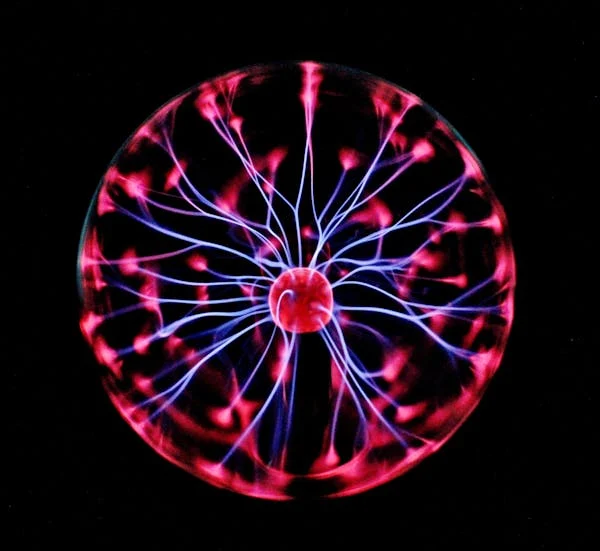In today’s world, protection is more vital than ever. Opting for the appropriate home video surveillance system with technological advances can be overwhelming. Providing peace of mind and fostering your home’s security—from monitoring property to scaring off would-be thieves—a perfect camera system may serve twofold purposes. Below is a comprehensive guide on how you can select the best surveillance camera system for your specific requirements.
Understand Your Security Needs:
It is vital to know whether you want to watch the outside or inside parts of our building before we start discussing the cameras. Is your aim to safeguard the outer part or all of it together? In deciding this question, you must also consider such things as dimensions and features that should be included and possible threats from the aspect of entryways, which are especially crucial! To do away with excessiveness, it is necessary to clear one’s sight in these respects.
Types of Home Security Cameras:
Dome Cameras: Dome cameras have a discreet design and wide-angle views and are commonly employed for indoor monitoring.
Bullet Cameras: Typically, these cameras are more noticeable and have a long-range view, making them suitable for exterior applications.
Smart Cameras: These cameras provide sophisticated functionalities such as motion detection, alerts, and remote access if integrated into smart home systems.
The choice of the appropriate type is usually determined by the location in which they will be installed and how detailed they need to be.
Wired vs. Wireless Cameras:
Wired Cameras: A physical connection to a power source and a recording device are needed. Although requiring cables to transmit information during installation, they tend to have better video quality with fewer disturbances than wireless ones, and they are sometimes hard to fix.
Wireless Cameras: Wireless cameras employ Wi-Fi to broadcast recordings, which are more than often less complex to fix up but could again face signal jamming and need occasional power cell replacements if not plugged in.
To select the fitting option, you need to decide where to install your camera sets and how you would like them mounted.
Resolution and Image Quality:
The resolution of the video footage depends on the security camera. Better images will be captured with higher resolutions, making it easy to identify faces and license plates.
720p (HD): For general monitoring, there is good image quality that is offered.
1080p (Full HD): This is a clear and detailed image that will be good for most of the security needs at your home.
4K (Ultra HD): It provides the most information and is best for larger spaces, such as bigger properties that need high-res monitoring.
Therefore, you should consider the desired resolution along with your budget when purchasing these devices.
Night Vision Capabilities:
When people are considering purchasing a home security camera, their top priority should be the nighttime vision feature. In a case where there is poor illumination or at night, an infrared light-emitting diode (IR) can obtain photos in total darkness with such clarity that even individual objects are identifiable. Others have even gone further in that they produce colored products altogether, making them better off than just having them seen on black-and-white video footage.
Make sure that the camera people select has ample night vision capabilities that will cater to their surveillance needs in places like porches, driveways, or backyards.
Storage and Cloud Options:
Local Storage: Surveillance cameras that have internal storage store videos on SD cards or network video recorders (NVRs). This option is less prone to breaches since it does not depend on the web but still needs one to be closer to where data has been saved.
Cloud Storage: You may access footage from anywhere with an internet connection due to cloud-based storage. While it may be convenient, subscription plans for cloud storage are offered by many security cameras, but they may require ongoing costs.
Based on convenience, costs, and security, think about the sort of storage solutions you would prefer and if you prefer cloud-based or local ones.
Integration with Smart Home Systems:
If you have a smart home system or have intentions to incorporate one, select a security camera that can work with your present smart devices. Numerous digital cameras on the market today are designed to be used in conjunction with systems that are smart for homes. Through this integration, you can give directions to the cameras using your voice, receive notifications, and watch them live via smart devices.
The End:
To pick a home security camera, you should think about certain things like your security needs, camera types, resolution, night vision, storage options, and smart home integration. By doing this effectively, you can get a camera system that is an effective monitor of your house, raises safety in your home, and gives you peace of mind.



